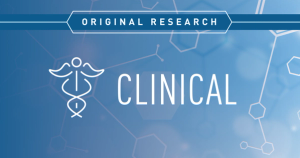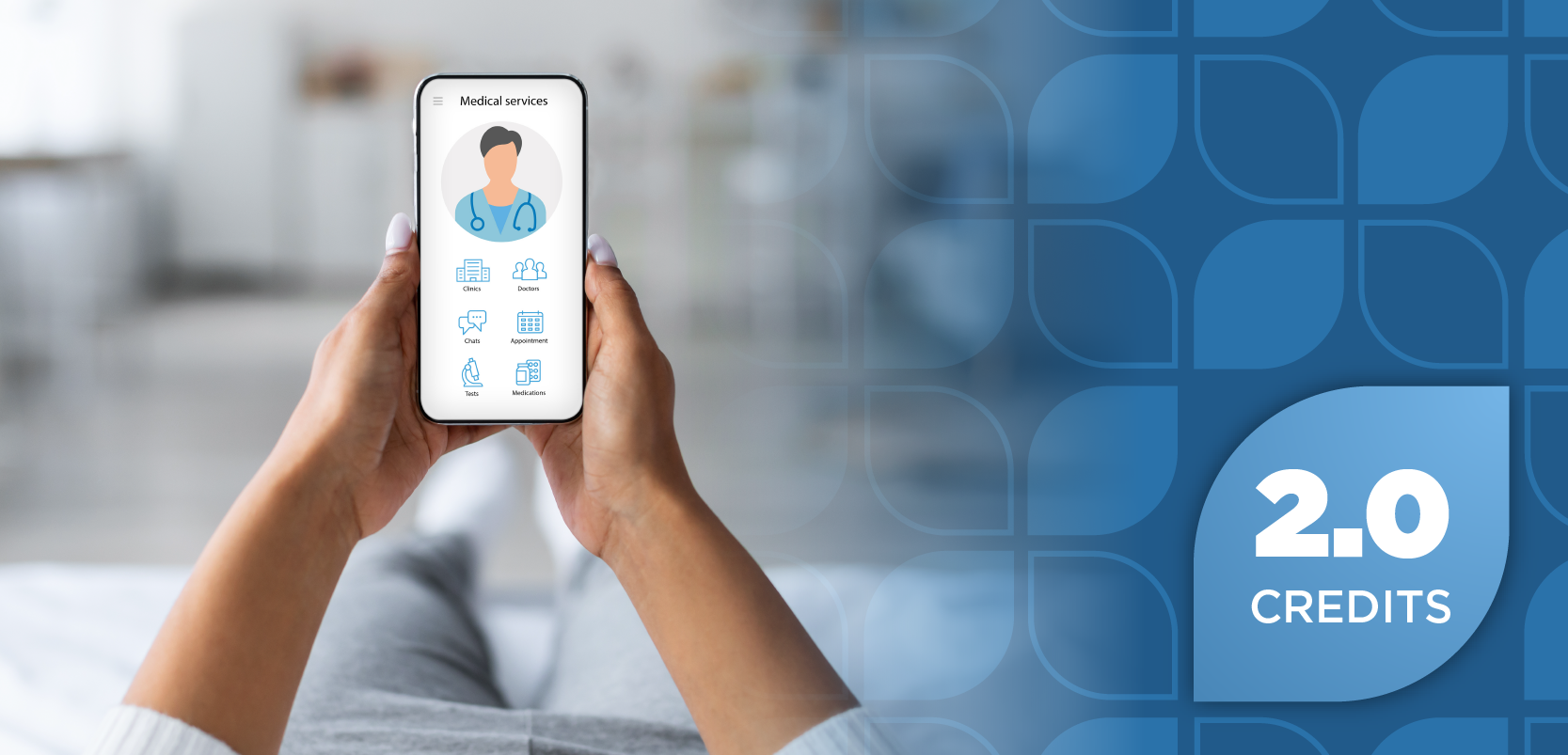|Videos|March 31, 2020
Migraine Management: The Business Case
Advertisement
Newsletter
Stay ahead of policy, cost, and value—subscribe to AJMC for expert insights at the intersection of clinical care and health economics.
Advertisement
Related Articles
 More Employers Offer Preventive Drug Lists Over Time
More Employers Offer Preventive Drug Lists Over TimeAugust 18th 2025
Latest CME
Advertisement
Advertisement
Trending on AJMC
1
West Coast Health Alliance Releases First Vaccine Guidelines, Aiming to Replace CDC Recommendations
2
Hospitals in Underserved Communities Less Likely to Adopt Health Information Technology
3
Cumulative Atropine Not Associated With Increased Risk of Ocular Events in Children With Myopia
4
Metabolic Issues More Common in Patients With HIV
5


















































